Search
To search for an exact match, type the word or phrase you want in quotation marks.
A*DESK has been offering since 2002 contents about criticism and contemporary art. A*DESK has become consolidated thanks to all those who have believed in the project, all those who have followed us, debating, participating and collaborating. Many people have collaborated with A*DESK, and continue to do so. Their efforts, knowledge and belief in the project are what make it grow internationally. At A*DESK we have also generated work for over one hundred professionals in culture, from small collaborations with reviews and classes, to more prolonged and intense collaborations.
At A*DESK we believe in the need for free and universal access to culture and knowledge. We want to carry on being independent, remaining open to more ideas and opinions. If you believe in A*DESK, we need your backing to be able to continue. You can now participate in the project by supporting it. You can choose how much you want to contribute to the project.
You can decide how much you want to bring to the project.
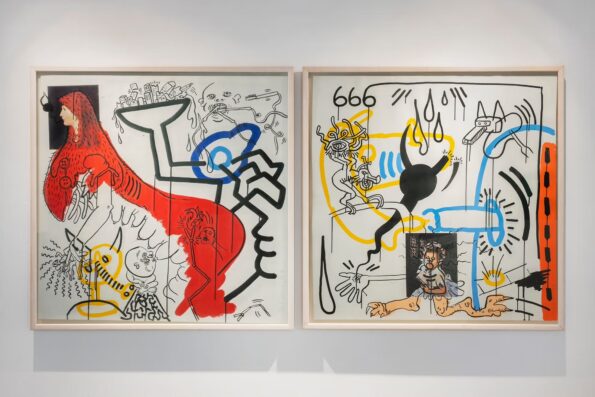
This group exhibition opens with a beautiful and chilling quote from filmmaker Derek Jarman, from his posthumous work Blue (1993), a statement of intent that Jarman would have loved: “Our name will be forgotten. In time. No one will remember our work. Our life will pass like the traces of a cloud.”
In May 2024, in its Valencia gallery, House of Chappaz presented the first volume based on the construction of individual and collective identities. For this exhibition in Barcelona, curator Eduardo García Nieto articulates an intergenerational queer historiography with the participation of more than forty Spanish and international artists, forty narratives based on the affection, care, activism, and resilience that connects them and that functions as a necessary repository and archive to prevent forgetting.
Alongside leading voices of dissent, such as Nazario, Pepe Espaliú, Javier Codesal, Juan Hidalgo, Andrés Senra, Keith Haring, and Tom of Finland, there are other emerging voices such as Fito Conesa, Raisa Maudit, and El Palomar, in collaboration with galleries and artists not directly included in the House of Chappaz catalog. Together, this is a vast collective cartography that more closely resembles an exhibition in a museum or contemporary art center than a commercial gallery project.
García Nieto comments in his curatorial text that he “has learned to write with the words and works of others, which have been so generously shared and which have allowed me to explain myself a little more.” In the exhibition, we find Victorian-era references, such as Vita Sackville-West’s white garden, the love letters of feminist writer Virginia Woolf (“I am writing to you only to express my love.”), and fragments of pop songs by Pet Shop Boys, B-52’s, Erasure, and Stevie Wonder that, in the absence of an official history, have helped build identity and a support network from the margins. Reclaiming the use of words and inclusive language is important, as is political positioning, and entering academia, political parties, and positions of power from a position of otherness and difference. Decades, centuries, had to pass before we were able to offer a real recognition and context for artistic practices and the thinking of FLINTA identities through these identities, without the appropriate language and customs of patriarchal society.
In 2017, Juan Guardiola and Juan Antonio Suárez presented Our Desire is a Revolution: Images of Sexual Diversity in the Spanish State (1977-2017), a timeframe in which artistic practices right up until this exhibition were included (September 1977 was the demonstration in support of gay rights in Barcelona). “There was no catalog or publication of that exhibition to view or study in a library,” explains the curator, “so it required returning to the transmission of a memory alien to the monument and, therefore, under constant revision.”
I often say how queer memory is altered and porous rather than monumental or historic, though always beautiful and resilient. It would be impossible to summarize my visit to the gallery, nor is it necessary, but it is possible to trace some interesting itineraries through it, highlighting, for example, the numerous works of video on display.
In one area of the central hall, a hidden space was created that acted as a screening room, reminiscent of the porn theaters of the 1970s and 80s, spaces that were a refuge for the collective. There we rediscover iconic works by activist video artists such as Virginia Villaplana (Mujer trama, 1997), Cecilia Barriga (her found footage Encuentro entre dos reinas, 1991), and the always entertaining and informative Andrés Senra, who walks through the Casa de Campo in Madrid while redefining the most important gay cruising route in the city (Visita guiada a la zona de cruising, 2017).
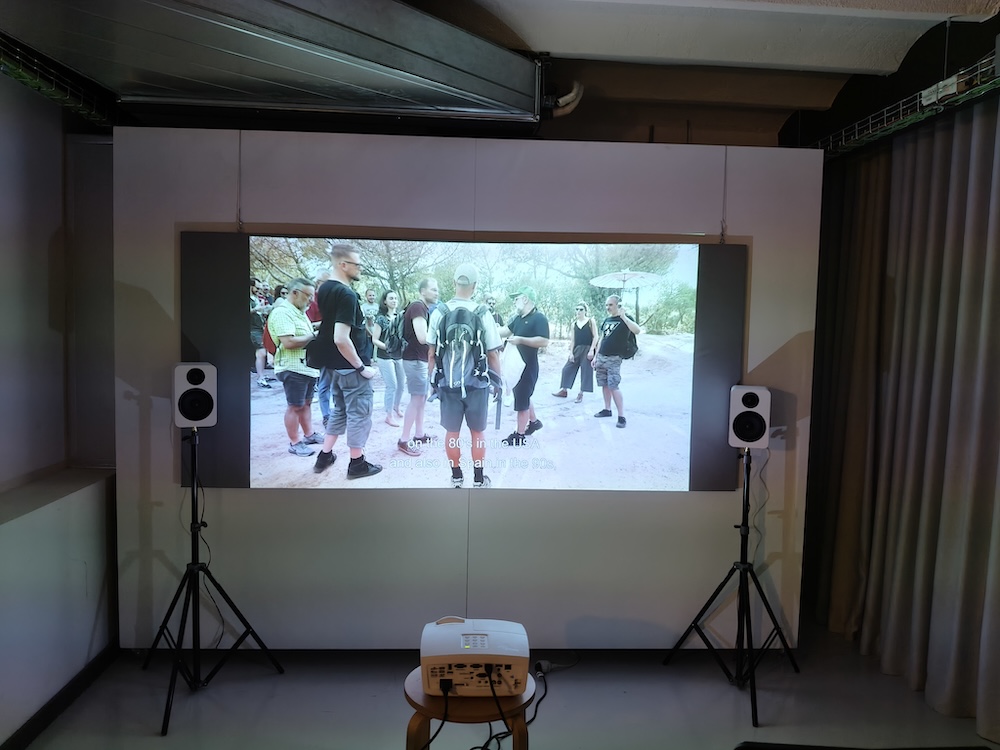
Andrés Serna. Visita guiada a zona de cruising [Guided tour to the cruising area], 2017. Video 4K. 16’32” @Photo Natalia Piñuel
One of the most beautiful and significant pieces in the entire exhibition is the sculptural installation Gong Catarata by Valladolid-born Diego del Pozo (2024-25), which includes a glittery curtain behind which appear photographs from the 1978 archive of the Castile Liberation Front printed on silk fabric and paper.
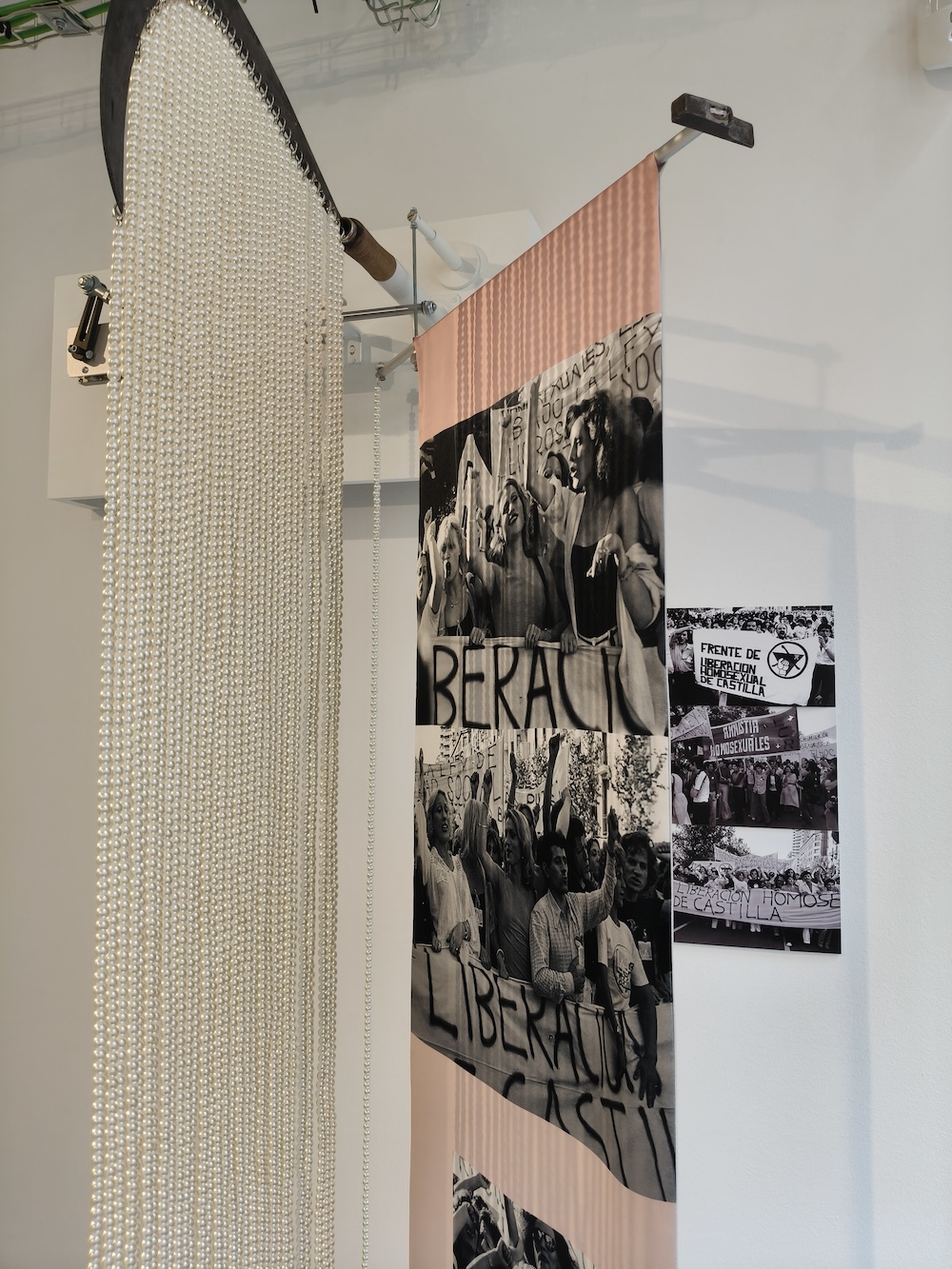
Diego del Pozo Barriuso, Gong Catarata, 2024-2025. Installation with engine, mechanisms, sickle, hammer, 7000 pearls, weights, photos from the archive of the Frente de Liberación de Castilla de 1978 printed on silk fabric and paper. 180 x 115 x 50 cm. @Photo Natalia Piñuel
Reevaluation and permanent struggle are also present in the works of the iconoclastic Nazario with his series Anarcome (1979), and in the exciting series of drawings from 1992 by Pepe Espaliú, produced shortly before his death. AIDS permeates the work of Javier Codesal’s Días de SIDA (1989) and in the silkscreens from the late 1980s by the American Keith Haring.
There is a profound historical reflection throughout this exhibition, with moments of seriousness, critiques of traditional capitalist systems, sadness and resistance, but also humor, fun, and wonderful sensorial elements. The ever-present Carles Congost in the gallery’s exhibitions is represented here with his photograph Noi de Poble (2024), which was presented in the last edition of ARCO and won an award at the Barcelona GAC Awards. Raisa Maudit presents her recent works Tahwid and Mano de la gloria from the series Grieta de la revelación (2022-2024), which takes us to her island, La Palma, and the dark, sexy, volcanic origins that permeate her career.
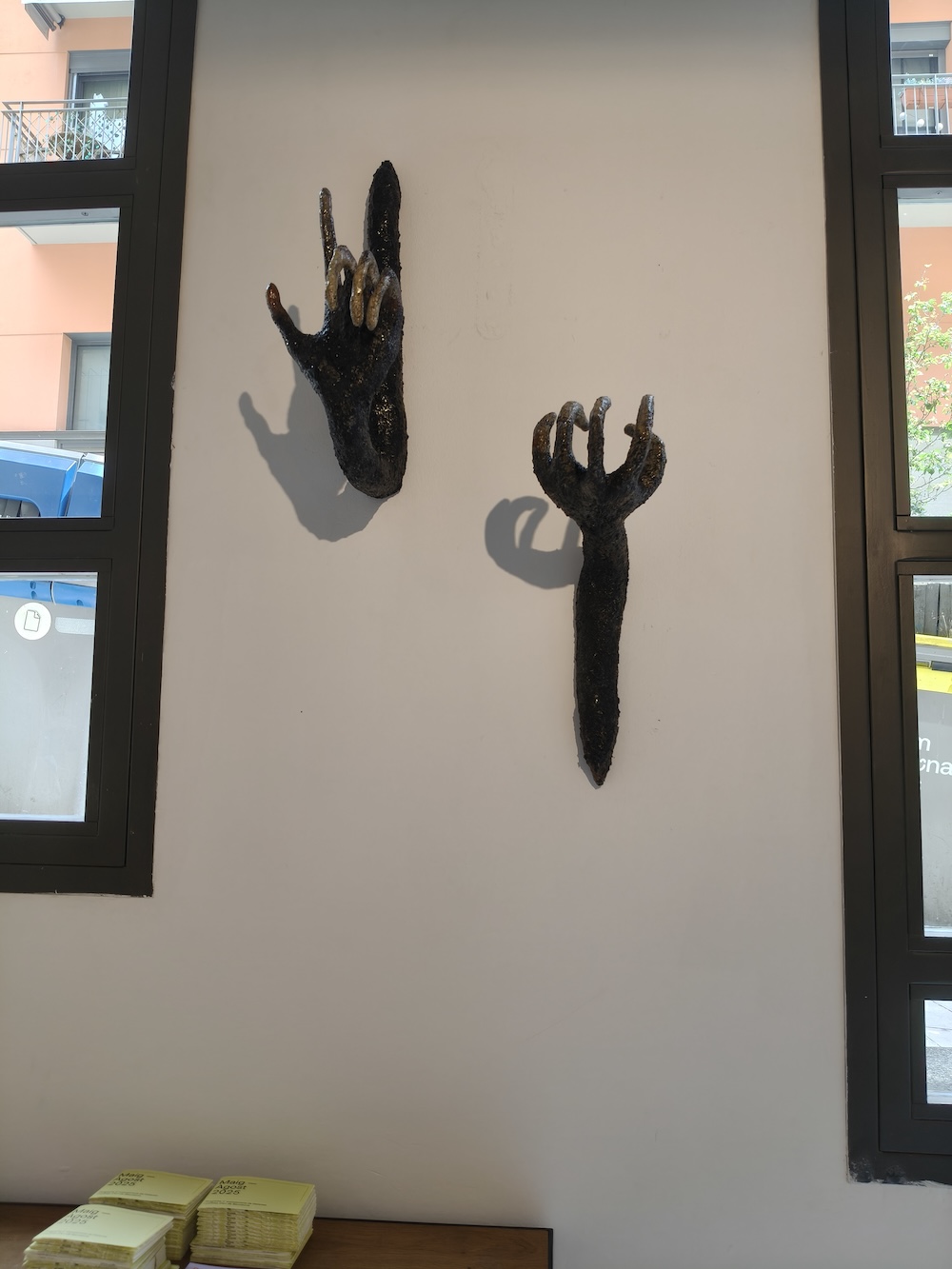
Raisa Maudit. Tahwid y la Mano de la gloria. Serie Grieta de la revelación, 2022-2024. Metal, clay, volcanic ash, and resin. Variable dimensions. @Photo Natalia Piñuel
The shared spaces, the interrelation between past and present, and the dialogue established between the works make this exhibition a highlight of the gallery season, not just in Barcelona but throughout Spain. It positions Ismael, Oriol, and Ferrán from the House of Chappaz’s as the most committed, avant-garde, and refined gallery owners of today’s art scene.
Articulations of Desire Vol. 2 opened on May 23 and will be exhibited until August 8. I encourage people to visit the show for its research, curation, artists, and works presented, but also as a climate refuge from summer in the Gràcia neighborhood, as the exhibition includes plants, vegetation, and fresh air.
[Featured Image: Keith Haring, Apocalypse IV, 1988. Serigraphy 97 x 97 cm. and Apocalypse VIII, 1988. Serigraphy, 97 x 97 cm.]
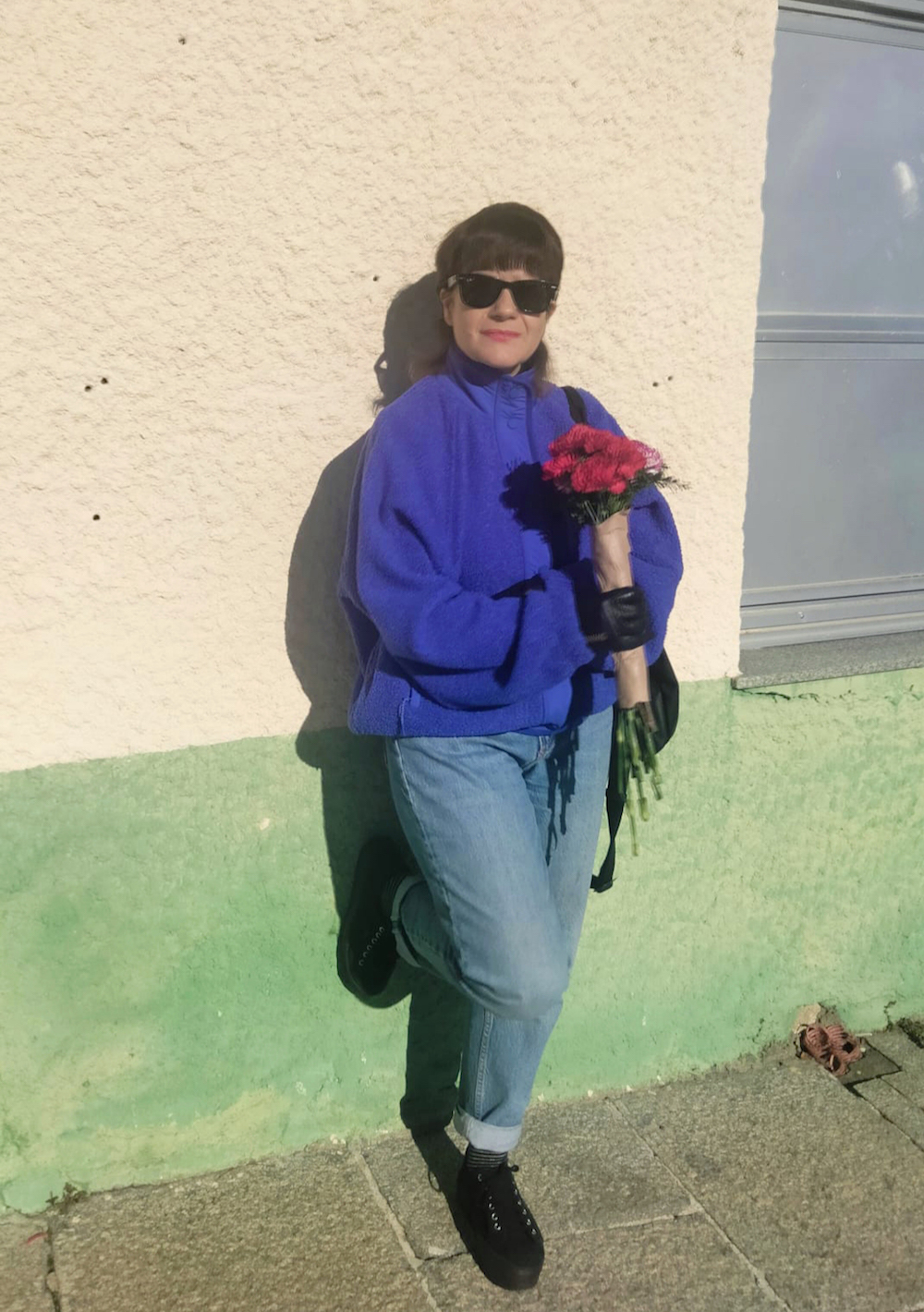
Natalia Piñuel Martín is an art historian, cultural researcher and curator. Co-founder of the Playtime Audiovisuales platform based in Madrid since 2007 from where they develop projects for museums and cultural spaces such as MUSAC (León), DA2 (Salamanca), Espacio Fundación Telefónica and Museo Centro de Arte 2 de Mayo (Madrid), AECID or the Cervantes Institute. She has been programming music & activities for the She Makes Noise Festival at La Casa Encendida since 2015. She writes regularly in the media and gives classes and talks on contemporary artistic practices and gender issues. She has curated exhibitions for the MEIAC (Badajoz) and audiovisual and performance cycles for the Women’s Institute and the Her Festival. She currently directs and hosts the Derivas podcast. She is in her second year as a doctoral student at USAL. Photo: Enrique Piñuel.
"A desk is a dangerous place from which to watch the world" (John Le Carré)